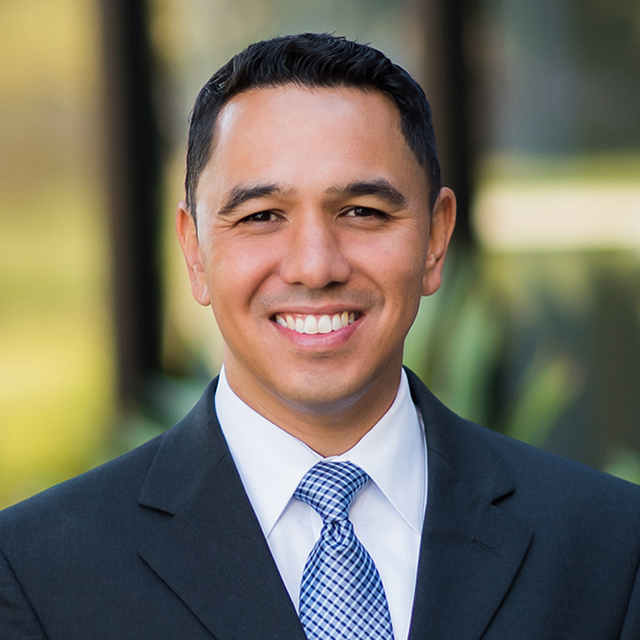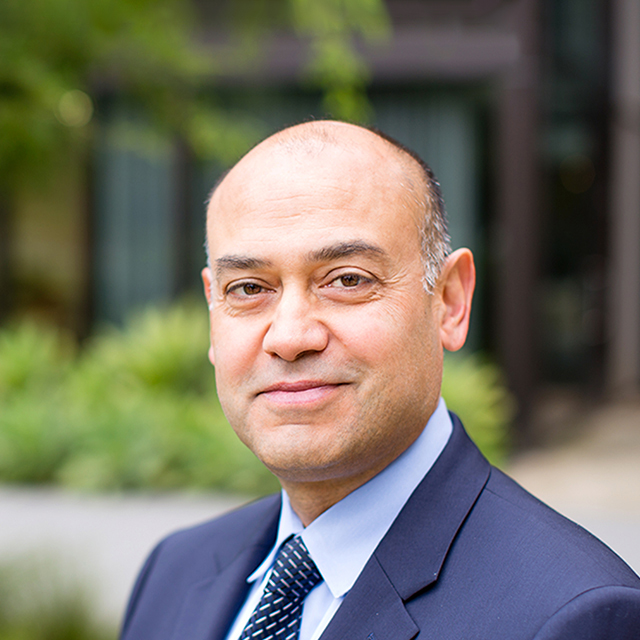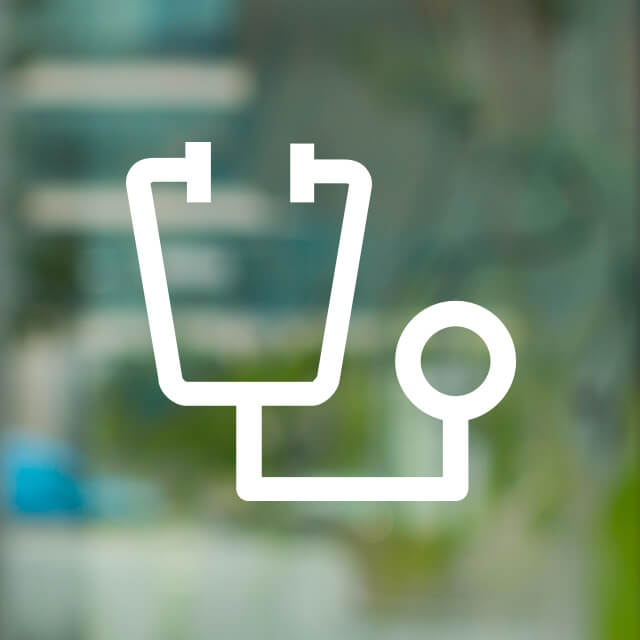Vagal nerve stimulation is a treatment that can reduce the frequency and intensity of seizures when medications aren't effective.
One of many nerves carrying messages to and from the brain, the vagus nerve helps regulate internal organs, including the heart, lungs and stomach. Vagus nerve fibers connect to the area of the brain that medical scientists believe to be responsible for producing seizures.
In this treatment, a device that emits electrical pulses is surgically implanted in the armpit or chest and connected to a wire that threads under the skin to reach and wrap around the vagus nerve on the left side of the neck. The device works similarly to how a heart pacemaker corrects abnormal rhythms. It automatically sends intermittent electrical signals to the brain and can be manually activated to try to interrupt a seizure that's just starting.
At UCSF Benioff Children's Hospitals, our neurologists and neurosurgeons are experts in implanting vagal nerve stimulators to treat seizures caused by diseases such as epilepsy.
Who may benefit
Children who lose consciousness during complex partial seizures or generalized seizures may benefit from vagal nerve stimulation, as may children whose seizures are not adequately controlled by medication.
The treatment can result in fewer or less severe seizures, although not all children benefit. And after starting this treatment, all patients need to keep taking anti-seizure medications. In some cases, the child’s neurologist may recommend reducing the use of medication a few months into the therapy.
The procedure is performed on children as young as 4. It isn’t used for children with severe asthma or severe heart disease; it is particularly not advised for those with irregular heartbeats.
Evaluation
To determine whether your child is a candidate for vagal nerve stimulation, our doctors and nurses will perform a thorough evaluation. They will ask about your child's medical history as well as your immediate family's medical history. They will review medical records from your pediatrician. Be sure to tell the care team about any medications your child currently takes, including over-the-counter medications, vitamins, nutritional supplements and herbal remedies.
The neurologist will confirm that your child has epilepsy or another disorder causing seizures. To make a diagnosis, your child may undergo imaging tests, such as:
Procedure
Placement of the vagal nerve stimulator takes one to two hours. The stimulator is programmed to deliver electrical impulses to the nerve at regular intervals.
The stimulator battery will need to be replaced approximately every 10 years. Battery replacement is a simple procedure that doesn't require a hospital stay and uses local anesthesia (injections to temporarily block pain signals in the area).
Many patients experience tingling in the neck or hoarseness during the stimulation pulses. They usually get used to these side effects over time.
Your child’s doctors will provide follow-up care to ensure that the vagal nerve stimulator is working properly and optimized to control seizures.





































